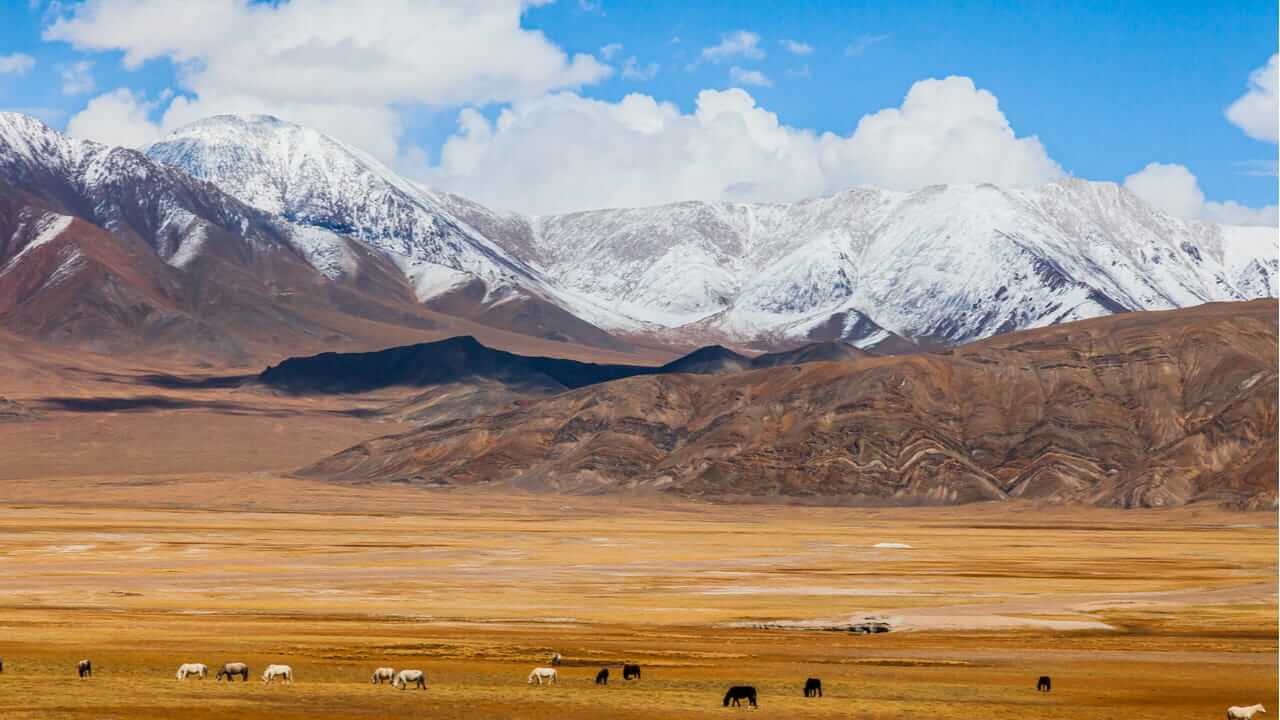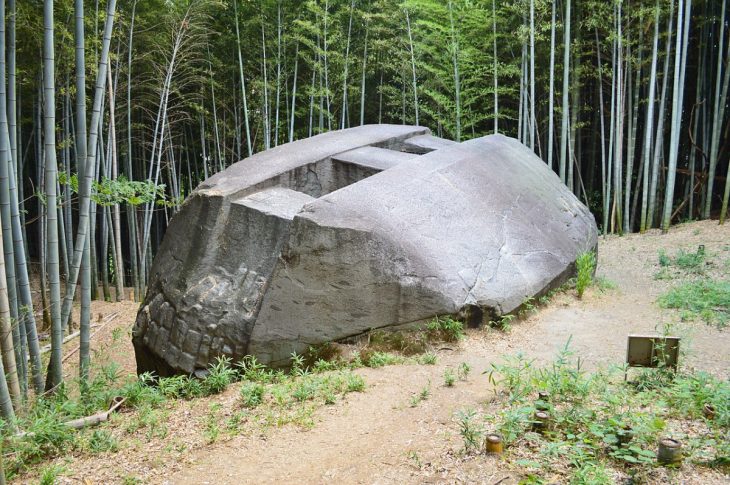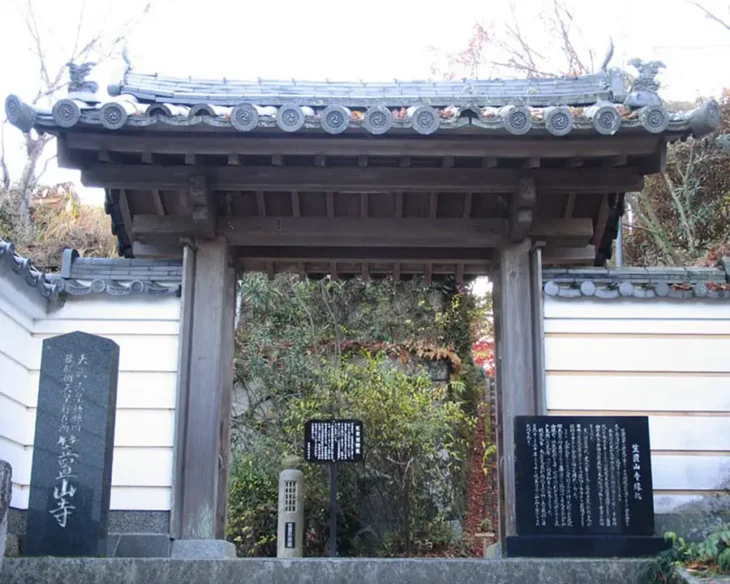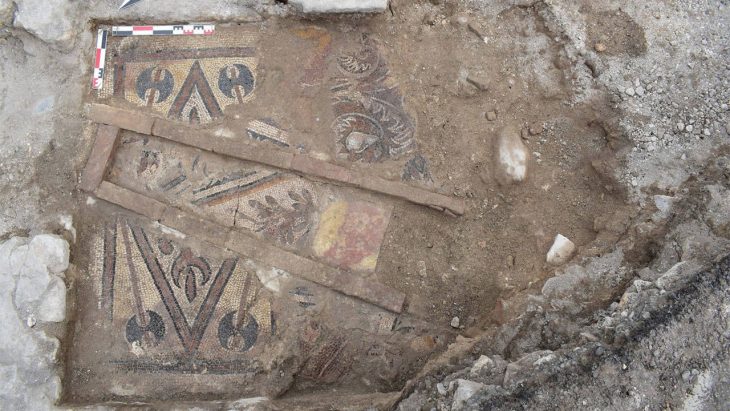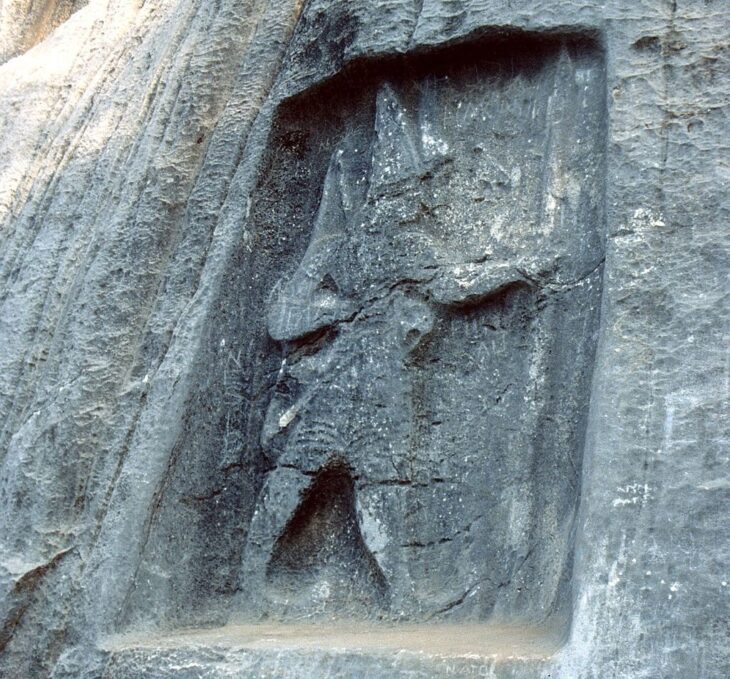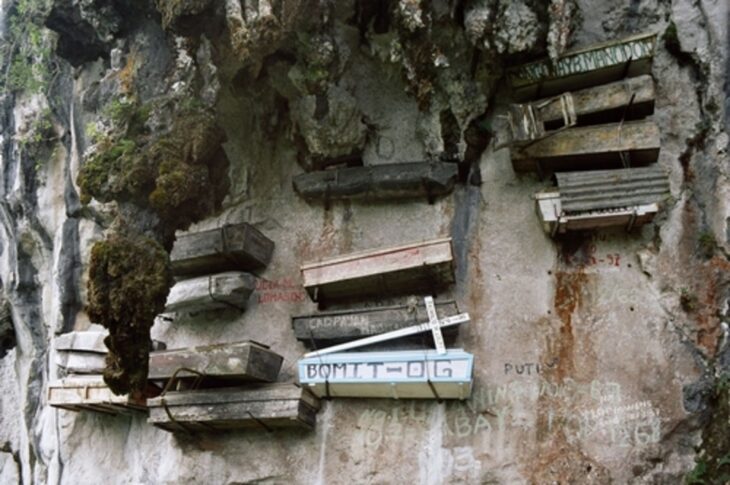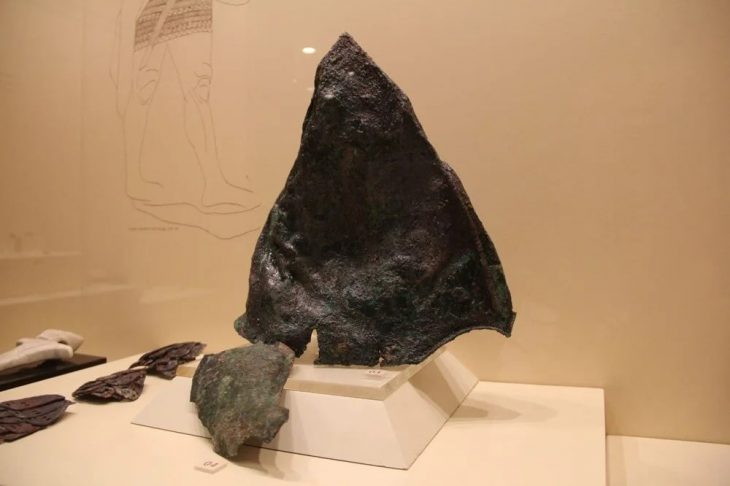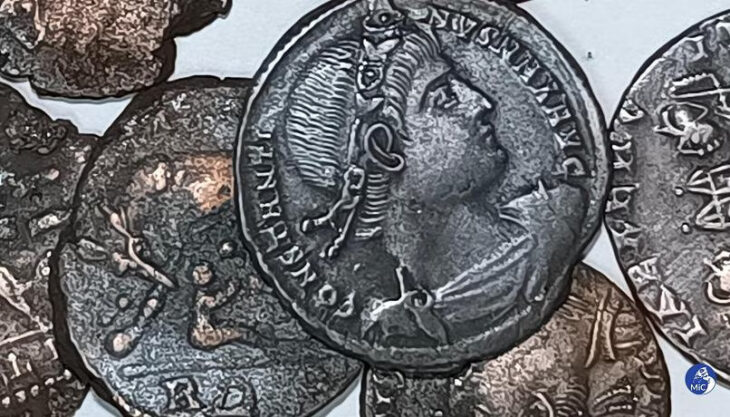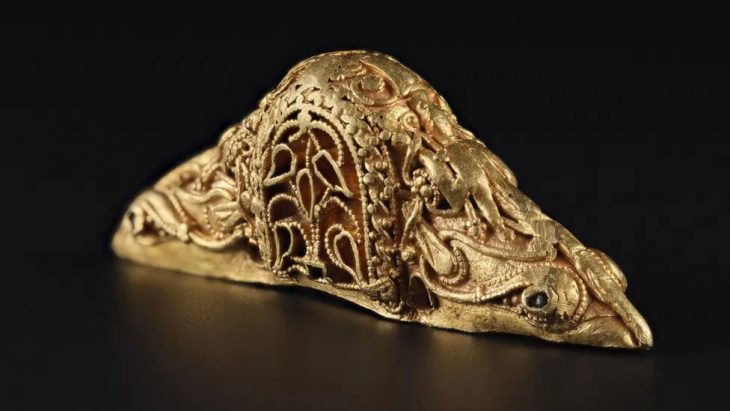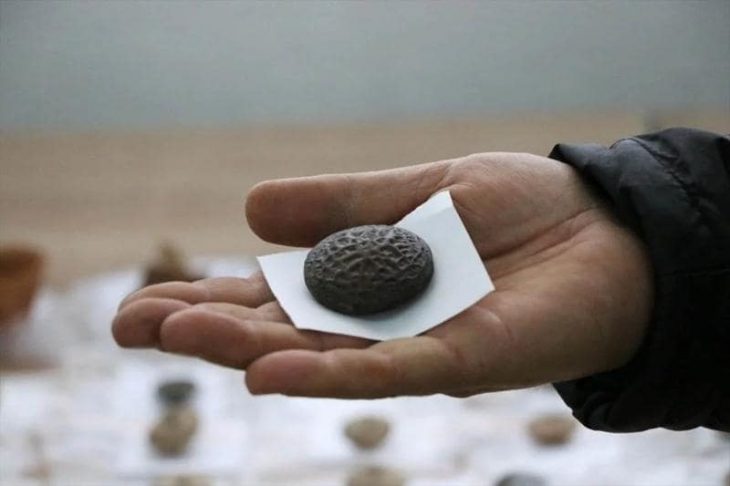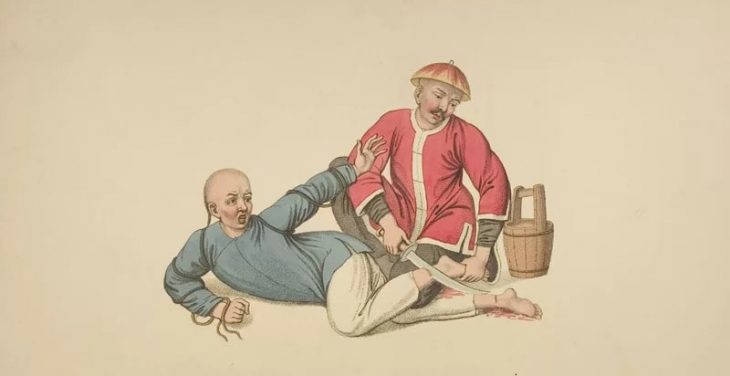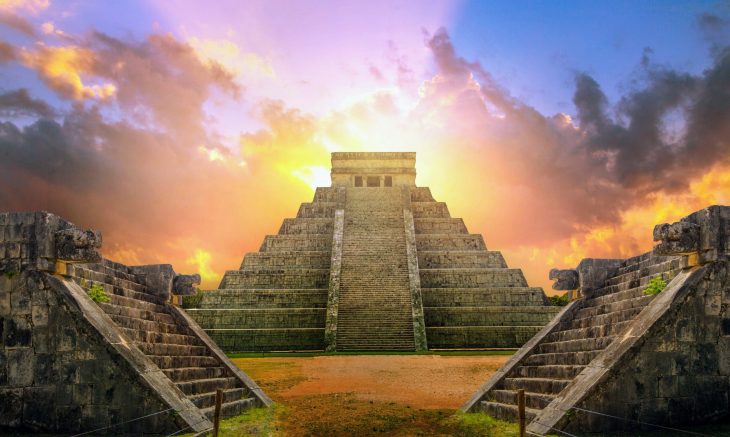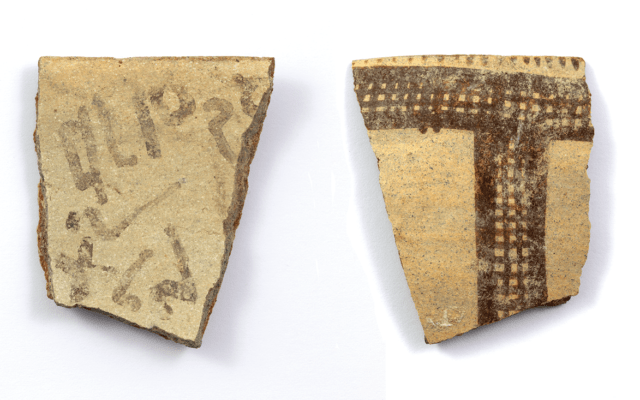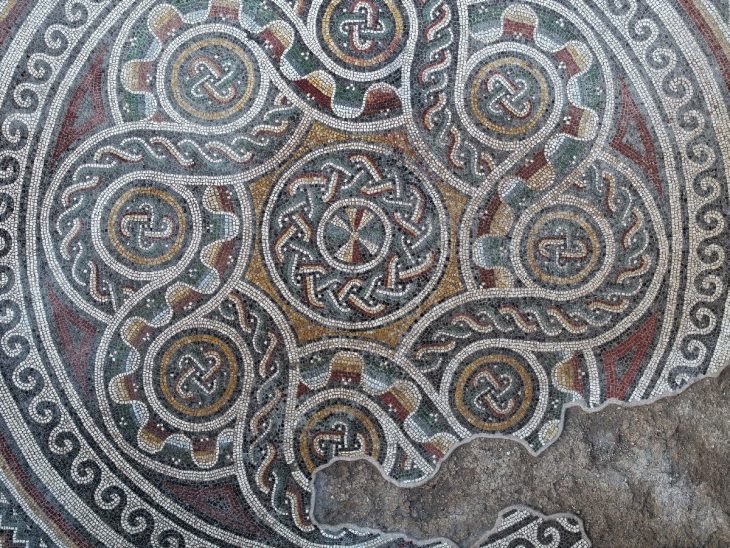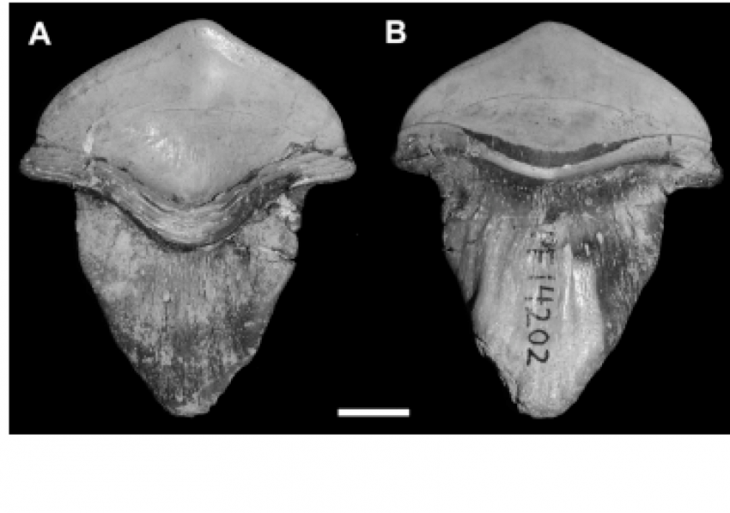The Tibetan Plateau has long been considered one of the last places to be populated by people in their migration around the globe. A new paper by archaeologists at UC Davis highlights that our extinct cousins, the Denisovans, reached the “roof of the world” about 160,000 years ago — 120,000 years earlier than previous estimates for our species — and even contributed to our adaptation to high altitude.
The article, which was published online this month in the journal Trends in Ecology & Evolution, suggests that a cross-look at archaeological and genetic evidence provides essential clues to reconstruct the history of the peopling of the region.
Denisovans were archaic hominins once dispersed throughout Asia. After several instances of interbreeding with early modern humans in the region, one of their hybridizations benefited Tibetans’ survival and settlement at high altitudes.
Those conclusions are among findings that led Peiqi Zhang, a UC Davis doctoral student who has participated in excavations of an archaeological site above 15,000 feet (4,600 meters) in Tibet, and Xinjun Zhang, a postdoctoral researcher at UCLA who studies Denisovan and other human DNA, to ask the question: What do we know about how and when the region was peopled? Xinjun Zhang earned her genetic anthropology doctorate at UC Davis in 2017. The two researchers are not related.
The two scholars conducted a review of evidence of human dispersal and settlement in the Tibetan Plateau, integrating the archaeological and genetic discoveries so far. “Before our article, there was a lack of comprehensive review bringing both fields together, especially with an equal emphasis,” Peiqi Zhang said.
📣 Our WhatsApp channel is now LIVE! Stay up-to-date with the latest news and updates, just click here to follow us on WhatsApp and never miss a thing!!
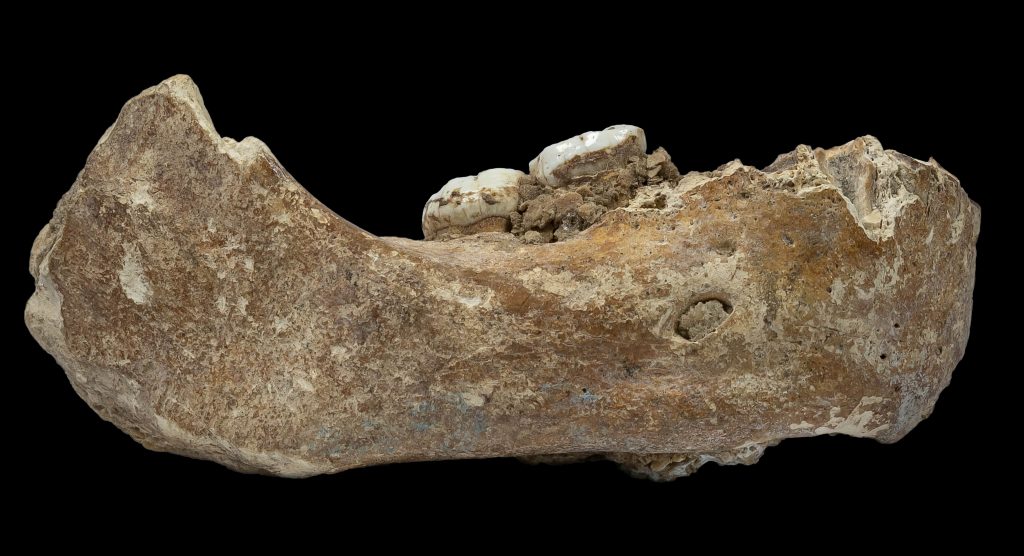
4 periods of occupation
Archaeological investigations suggest four major periods of occupation, beginning with Denisovans about 160,000 years ago and followed by three periods of humans who arrived starting around 40,000 years ago, 16,000 years ago and 8,000 years ago.
“Based on archaeological evidence, we know that there are gaps between these occupation periods,” Peiqi Zhang said. “But the archaeological work on the Tibetan Plateau is very limited. There’s still a possibility of continuous human occupation since the late ice age, but we haven’t found enough data to confirm it.”
Denisovans were first identified in 2010, based on DNA extracted from a girl’s finger bone found in a cave in the Altai Mountains in Siberia. Her DNA carried the haplotype highly similar to the Endothelial Pas1 (EPAS1) gene, which in living populations is known to improve oxygen transport in the blood. Most modern Tibetans carry a high frequency of the EPAS1 gene.
In 2019, a jawbone from a cave on the Tibetan Plateau was tentatively identified as Denisovan, but it could not be determined if the mandible carried the same gene. “We don’t know whether the Denisovans are adaptive to the hypoxia of the Tibetan Plateau at this point,” Peiqi Zhang said.
Little is known about the biology and behavior of the Denisovans on the plateau.
Genetic studies show that Asians and Oceanians (people of Australia, New Zealand, Melanesia, Micronesia and Polynesia) inherited different amounts of Denisovan DNA, Xinjun Zhang said.
“It could mean that the interbreeding happened somewhere in Asia in the ancestral Asians before the further subdivision of local populations that we see today,” she said.
And it happened more than once. “From the genetic studies, we can detect that all East Asians, including the Tibetans, interbred with two distinct Denisovan groups, with one of such events unique to East Asians (and the other shared with other South Asians),” said Xinjun Zhang.
“Since all East Asians show the same patterns, we have reason to believe that this interbreeding event (the one that’s unique to East Asians) happened somewhere in the lowland instead of on the plateau.”
Zhang and Zhang propose two models of human occupation of the Tibetan Plateau as a framework for scholars that can be tested by future discoveries:
- Intermittent visits before settling there year-round about the end of the ice age, about 9,000 years ago.
- Continuous occupation beginning 30,000 to 40,000 years ago.
In either model, Denovisans could have passed the EPAS1 haplotype to modern humans about 46,000 to 48,000 years ago.
“The main question is whether they’re staying there all year-round, which would mean that they were adapted biologically to hypoxia,” said Nicolas Zwyns, a UC Davis associate professor of anthropology and the paper’s supervising author. “Or did they just end up there by accident, and then retreated back to the lowlands or just disappeared?”
It’s unclear when Denisovans went extinct, but some studies suggest it may have been as late as 20,000 years ago. “Although we don’t know if they were adapted to the high altitude, the transmission of some of their genes to us will be the game changer thousands of years later for our species to get adapted to hypoxia,” Zwyns said. “That to me is a fantastic story.”
Other co-authors are Xiaoling Zhang and Xing Gao, both of the Chinese Academy of Sciences in Beijing, and Emilia Huerta-Sanchez of Brown University in Providence, Rhode Island.
Peiqi Zhang’s research is supported by a Baldwin Fellowship from the Leakey Foundation, and Xinjun Zhang’s by the National Institutes of Health.
Source: University of California, Davis

